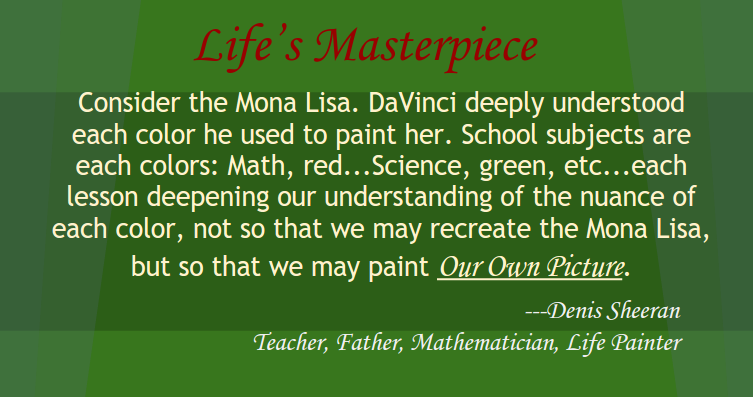Yesterday I was tagged in a tweet by a colleague, Steve Figurelli.
#PLN Any tools 2 help kids see the math&science behind music? Love @hooktheory, others? Thx! @MathEdisonHSNJ@TeacherCast#stem@Bec_Chirps
— Steve Figurelli (@mrfigurelli) February 23, 2015
He probably brought me in because I’m the math guy in district who’s on twitter. What Steve may or may not have known is that I also minored in music in college and taught a Senior Math Topics course which covered everything from ancient math history to, you guessed, the math behind music. His request brought me to share a brief presentation, which I updated from powerpoint to Google Slides, seeing as it’s 2015. It’s just an intro hook to music and math:
[googleapps domain=”docs” dir=”presentation/d/1y3M05p-YnmqIjQstEpvuK3t7Vd7f2ldOMI6fRRf-9GE/embed” query=”start=false&loop=false&delayms=3000″ width=”960″ height=”569″ /]
What’s more important than my ability to find the music presentations I used and update them for a colleague is the realization that we lead an interdisciplinary life. In an average day for me, I read, write, listen to music, sing, draw, write math problems, solve math problems, twitter chat, talk with family, critique art, state my political opinion, and often connect several of them in an interesting way just through conversation. Just yesterday I was having a discussion as to why Andy Warhol’s Flowers painting was considered good:
I’m still not sure.
Interdisciplinary education was a concept introduced to me in college as I trained to be a teacher.
Find ways to connect math to the real world!
Writing across the curriculum!
Reading Workshop Fridays!
As teachers, we should heighten our awareness of the fact that our lives more closely mirror our student’s lives than we think. Connecting our subject matter to our other interests is second nature to us, but not to them.
Let’s make sure we spend the time necessary to help them become aware of the interdisciplinary life they’re already leading.




![mad baby_thumb[5]](https://denissheeran.com/wp-content/uploads/2015/02/mad-baby_thumb5.png)
